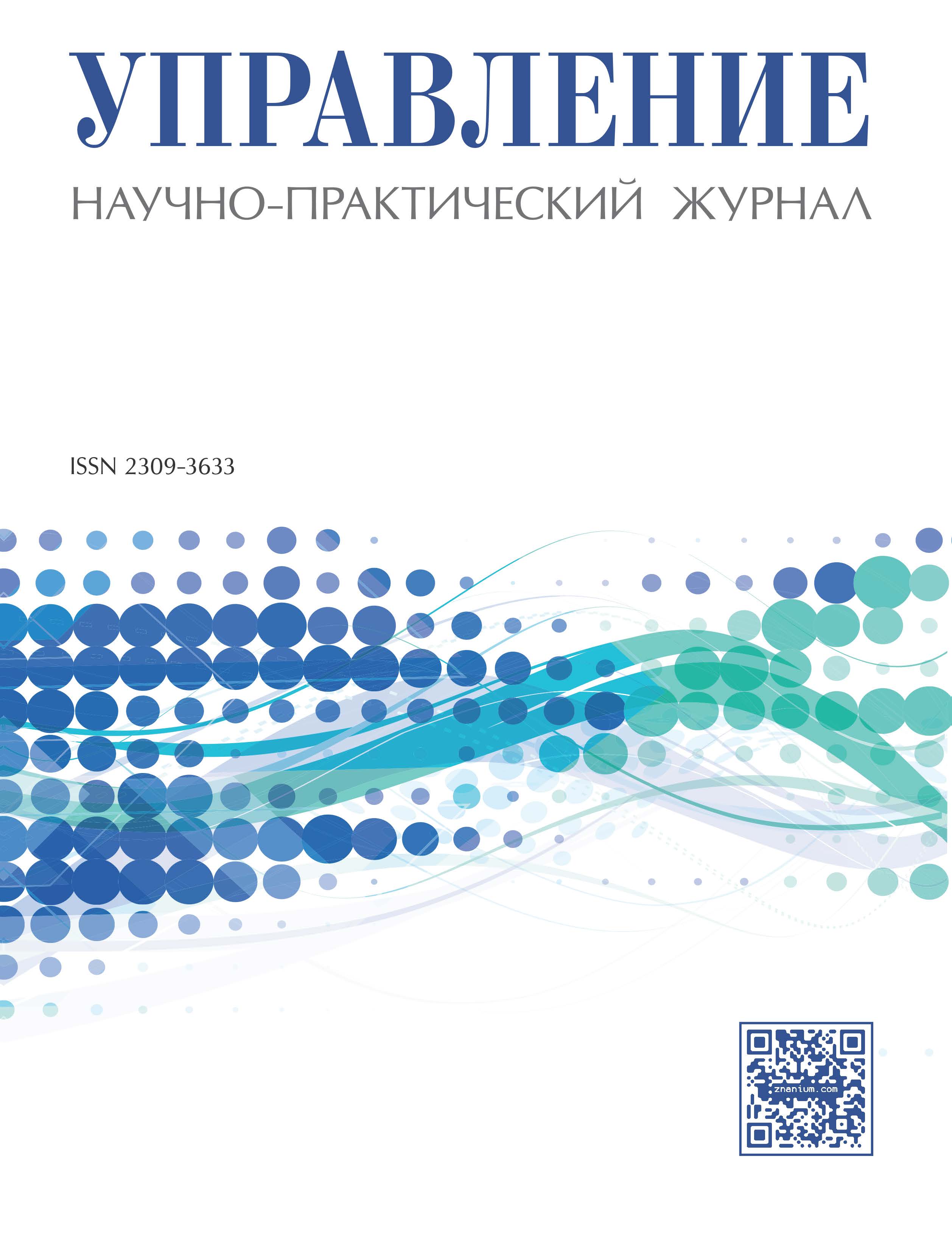Russian Federation
The paper considers the domestic economy in terms of its institutional structure, which consists of both official and informal institutions, and then analyzes how these institutions interact. Interplay and interdependence between official and informal institutional structures are revealed and how these affect the business environment is shown. The goal of this writing is to rationale the need to undertake institutional reforms in this country, which would help to instill the kind of business environment favorable to economic entities and would also enhance economic development. The major goal of institutions is to reduce operational costs through establishing rules of game for all participants. Further the author reveals institutional factors and how these affect the direct foreign investments (DFI).
official institutions, informal institutions, transactional costs, economic system, effectiveness, direct foreign investments (DFI).
As a field of study, institutionalism originated in the beginning of the twentieth century. The original, «Old» institutionalism was based on the importance of path dependency, the autonomy of institutions, evolutionary economics. Moreover, it considered political and cultural factors of organisation, motivation and interaction and used a holistic approach to economics [1]. According to Gunnarsson, nowadays old institutionalists are considered advocates of mostly empirical and unrealistic research programme, posing no threat to neither classical nor neoclassical schools [2].
On the opposite, much of new institutionalism’s legitimacy is rooted in its reliance on neoclassical economic theory, because new institutionalism intents to relax some of the utility-based neoclassical model’s assumptions. The aim of new institutionalism is to combine the institutional analysis within a neoclassical economic framework so that institutional change would be considered as one of the important variables. Douglass North, one of the leading theoretician of the new institutionalism, highlights some questionable assumptions in the rational choice model that because of the incompleteness of information and largely unique situations lead to the development of behaviour patterns [3]. According to North, those patterns of behaviour are embodied in and guided by institutions.
By merging institutional analysis and rational based models, new institutionalism justifies the existence and role of such institutions with economic reasons. The main objective of institutions is seen as reducing transaction costs by setting the rules of action for all players. As for many other collective action theories, private property rights are the most important factor for new institutionalism that affects transaction costs, and establishment and enforcement of these rights are crucial in terms of costs of transaction and for securing longterm investment [4]. The importance of providing the rules for all players and the enforcement of these rules makes the state a crucial actor in the overall model.
1. Hira, Anil, & Hira, Ron. (2000). The New Institutionalism. American Journal of Economics and Sociology, 59(2), 267-282.
2. Gunnarsson, Christer. (1991). What is new and what is institutional in the new institutional economics? An essay on old and new institutionalism and the role of the state in developing countries. Scandinavian Economic History Review, 39(1), 43-67.
3. North, Douglass S. (1991). Institutions STÖR. The Journal of Economic Perspectives 5(1), 97-112.
4. De Soto, Hernando. (1990). The other path: The invisible revolution in the third world.
5. Scott, W.R. (1995). Institutions and Organizations: SAGE Publications.
6. DiMaggio, Paul J, & Powell, Walter W. (1983). The iron cage revisited: Institutional isomorphism and collective rationality in organizational fields. American sociological review, 147-160.
7. Ingram, Paul L, & Siverman, Brian S. (2002). The new institutionalism in strategic management.
8. Portes, Alejandro, & Smith, Lori D. (2010). Institutions and national development in Latin America: a comparative study. Socio-Economic Review, 8(4), 585-621.
9. Chong, Alberto, & Zanforlin, Luisa. (2000). Law tradition and institutional quality: some empirical evidence†. Journal of International Development, 12(8), 1057-1068.
10. Dunning, John H. (1998). Location and the multinational enterprise: a neglected factor? Journal of international business studies, 45-66.
11. Seyoum, Belay. (2009). Formal institutions and foreign direct investment. Thunderbird International Business Review, 51(2), 165-181.
12. Rodrik, Dani. (2003). In search of prosperity: Analytic narratives on economic growth.
13. Meyer, Klaus E, & Peng, Mike W. (2005). Probing theoretically into Central and Eastern Europe: Transactions, resources, and institutions. Journal of international business studies, 36(6), 600-621.
14. Helmke, Gretchen, & Levitsky, Steven. (2006). Informal institutions and democracy: Lessons from Latin America.
15. Williamson, Oliver E. (1991). Comparative economic organization: The analysis of discrete structural alternatives. Administrative science quarterly, 269-296.
16. Stiglitz, Joseph E. (2000). Formal and informal institutions. Social capital: A multifaceted perspective, 59-70.
17. Kerr, S. (2010). Riches Collide With Risks.
18. Newman, Karen L. (2000). Organizational transformation during institutional upheaval. Academy of Management Review, 602-619.
19. Roth, Kendall, & Kostova, Tatiana. (2003). Organizational coping with institutional upheaval in transition economies. Journal of World Business, 38(4), 314-330.
20. Puffer, Sheila M, & McCarthy, Daniel J. (2011). Two Decades of Russian Business and Management Research: An Institutional Theory Perspective. The Academy of Management Perspectives, 25(2), 21-36.
21. Zucker, Lynne G. (1991). Postscript: Microfoundations of institutional thought. The new institutionalism in organizational analysis, 103-106.
22. Peng, Mike W. (2003). Institutional transitions and strategic choices. The Academy of Management Review, 275-296.
23. Oliver, Christine. (1992). The antecedents of deinstitutionalization. Organization studies, 13(4), 563-588.
24. Khanna, Tarun, & Palepu, Krishna. (1997). Why focused strategies may be wrong for emerging markets. Harvard Business Review, 75(4), 41-48.







